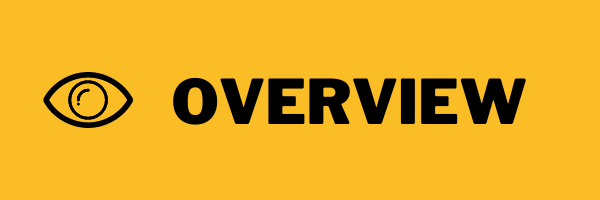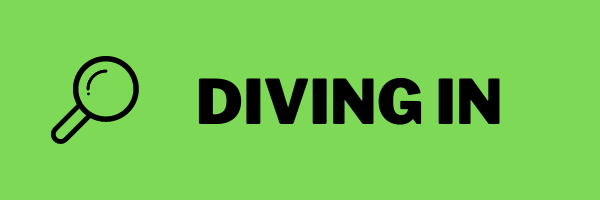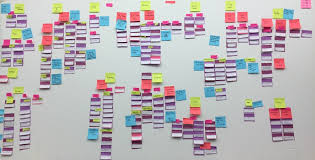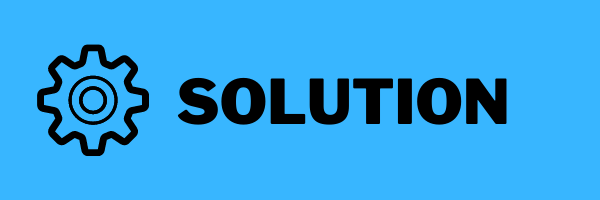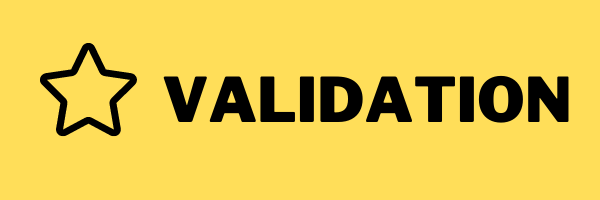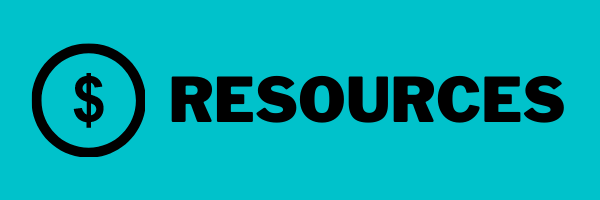Attacking the Global Food Shortage
By: Marcy Hartzlar
By: Marcy Hartzlar
Project at a Glance :
This project asks students to consider the causes and effects of the predicted global food shortage, and to propose an action plan for addressing one of the effects. Students will use research from Language Arts, concepts about global climate change in Science, and mathematical data interpretation skills to form and support their action plans. (5-6 week project)
Driving Question:
As a future leader in our world, how can you help address the predicted global food storage anticipated by 2050?
|
Standards:
|
Stakeholders:
|
Incubation:
|
|
Solution Building:
|
Authentic Audience:
|
Click here for teacher's full plan.
Click here for scoring rubric. Reflection and Feedback:
|
Click here for the teacher's Journey through PBL on Padlet.
|
Meet the Educator:
Marcy Hartzlar teaches 7th and 8th grade at ZQuest School, Zeeland Public Schools. ZQuest is a multi-age school that operates on a balanced calendar. "Much like a multi-tool is to campers, I feel like PBL is the do-it-all tool for education. It helps kids uncover content, learn 21st Century Skills, gain confidence, and apply their learning in authentic ways, all while being fun and challenging!" |
